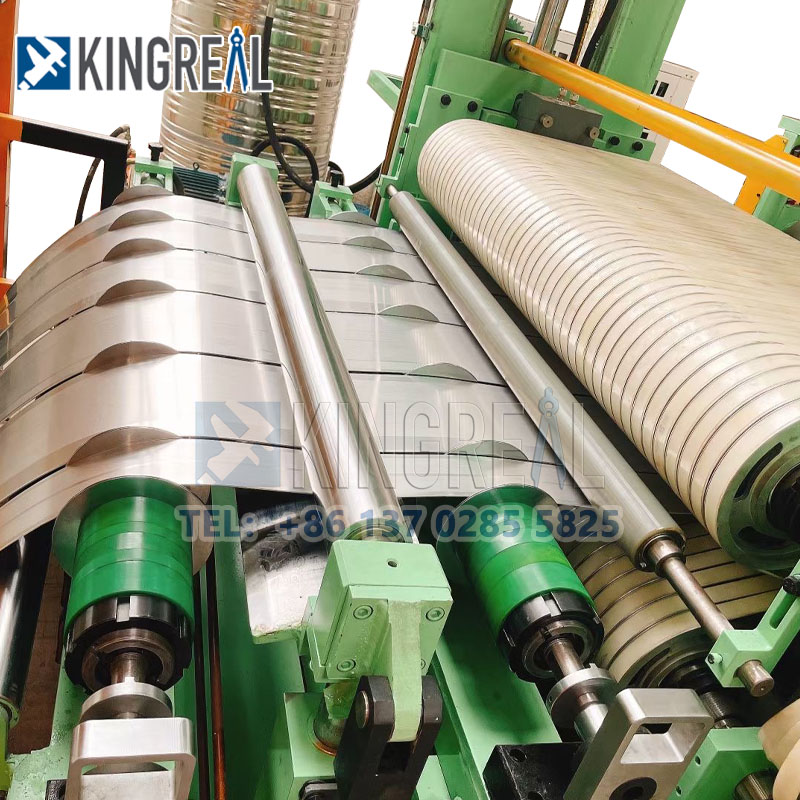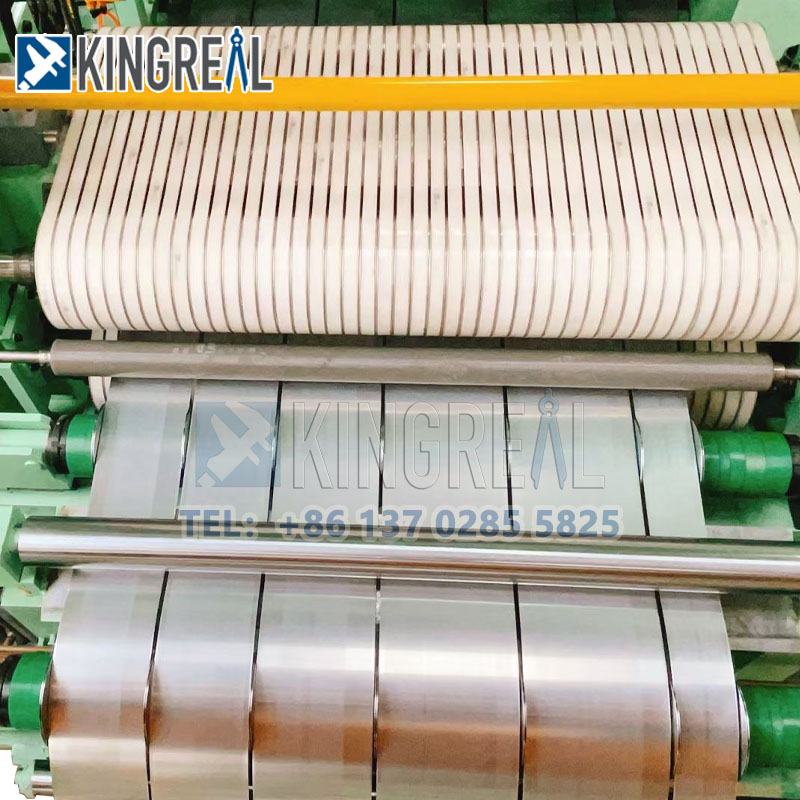In a metal slitting machine line, the role of the tension station is to ensure that the material maintains a constant tension during the slitting process. This is essential to ensure slitting quality and accuracy. The tension station is usually achieved by controlling the position of the rollers and the rotation of the tension adjusting handle, or by adjusting the tension of the material through a tension device on the tension controller. Correct tension settings can help to achieve efficient, consistent and high quality production.


To correctly set the tension of a slitter, you need to consider factors such as the type of material, the speed of the material and the structure of the slitter. Different types of materials require different tension settings, while the material speed and the structure of the slitter will also affect the tension settings. Too high or too low tension will affect productivity and product quality, so it needs to be adjusted according to the actual situation to achieve the best production efficiency.
1. Steel coil slitting machine roller surface treatment is not good, process design is unreasonable: in the process of slitting materials, the roller will slide sideways (commonly known as left and right wandering), wrinkles (pulling material imbalance), rolling down (material is too light and too thin, into the air too much). These problems will directly lead to irregular winding, resulting in wavy edges, warped edges and so on;
2. Excessive winding tension: directly lead to the finished product disk shape, drum shape, etc.;
3. Equipment mechanical failure: such as transmission drum or empty drum bearing damage, resulting in shaft movement; drum dynamic balancing precision is too low;
4. Tension system design problem: the matching problem of the tension system will lead to the tension is not controllable, thus leading to this situation;
5. Choice of winding form: there are various ways of winding. According to the different characteristics of the product, the choice of winding, surface winding, surface winding, surface winding, sliding and other forms;
6. Choice of slitting tools: the cutting forms of scraper cutting, shearing, press cutting and rolling also depend on different material characteristics. Accuracy cannot be ensured if they are not selected correctly;
7. Other details: caused by static electricity, equipment operation, raw material properties and other issues.